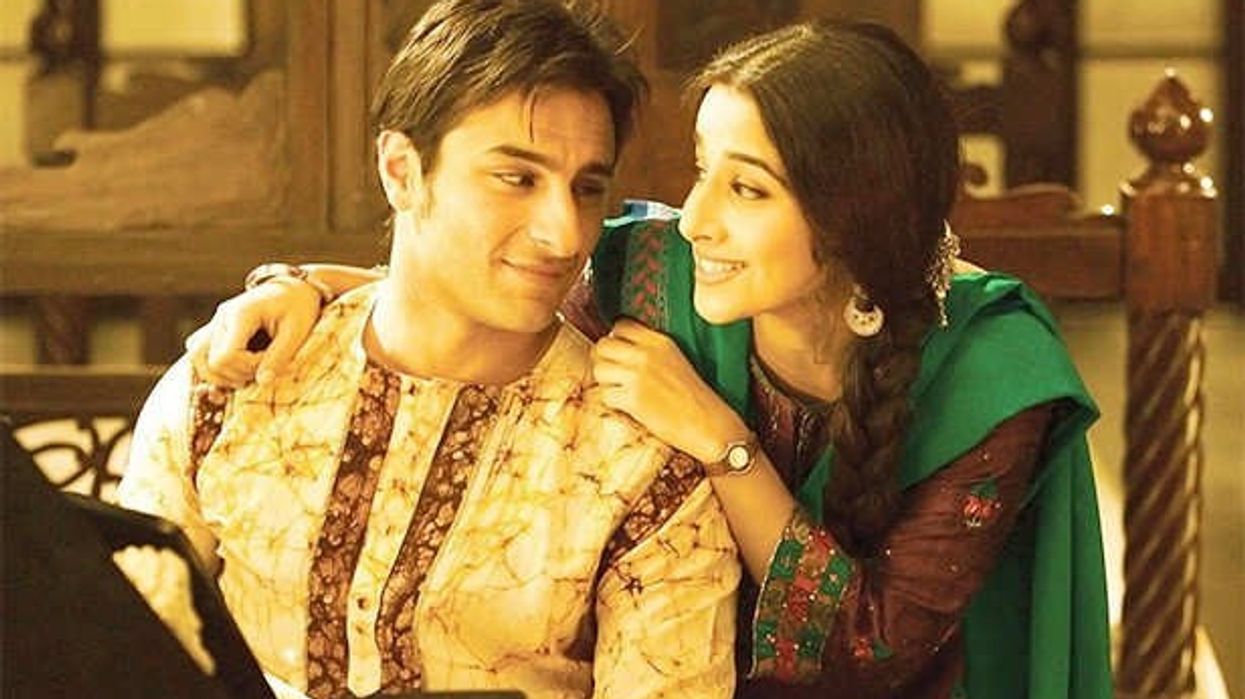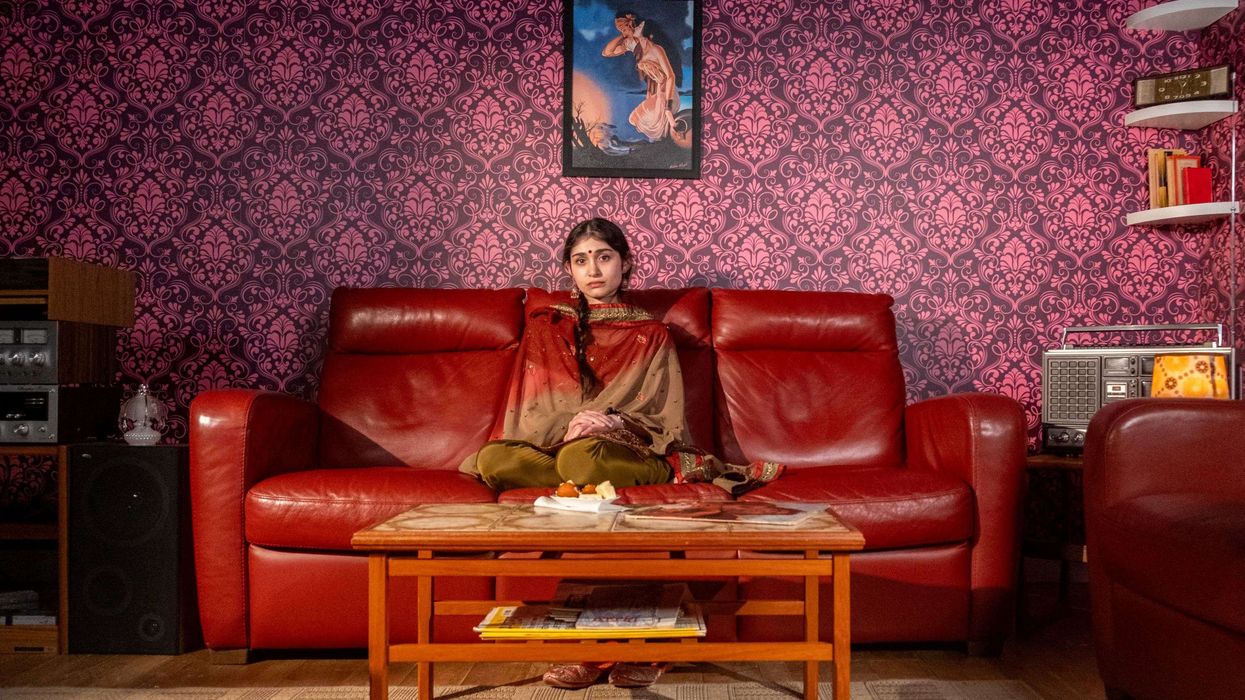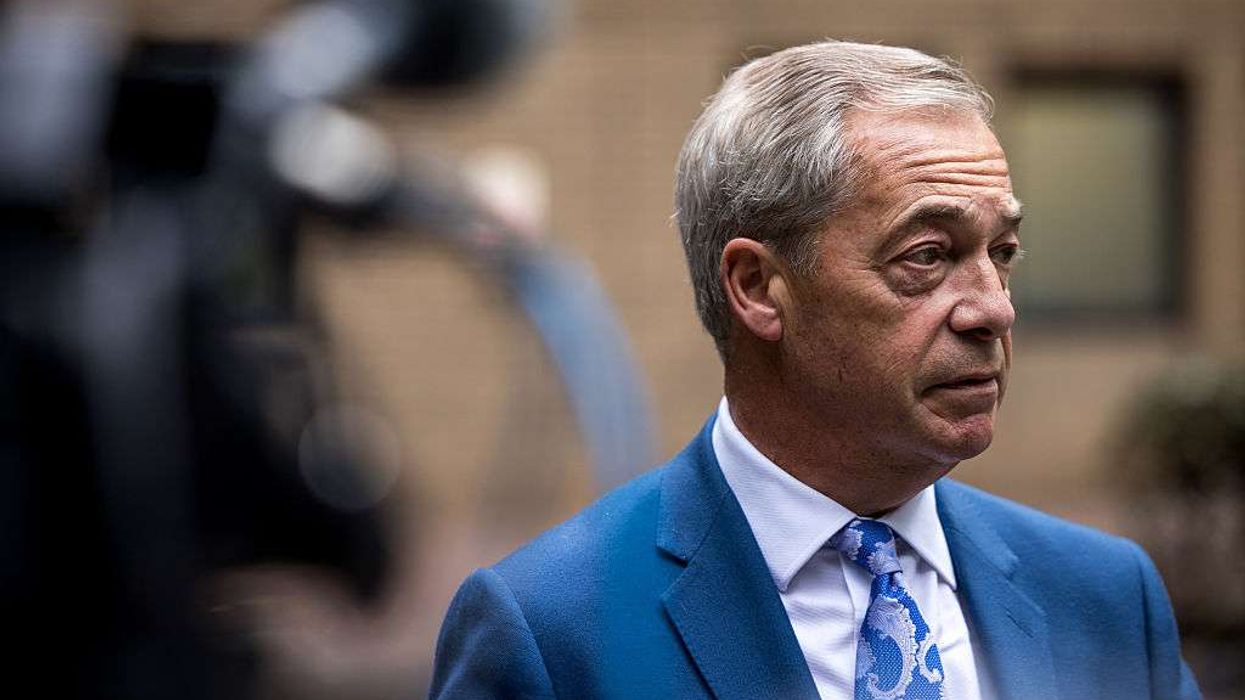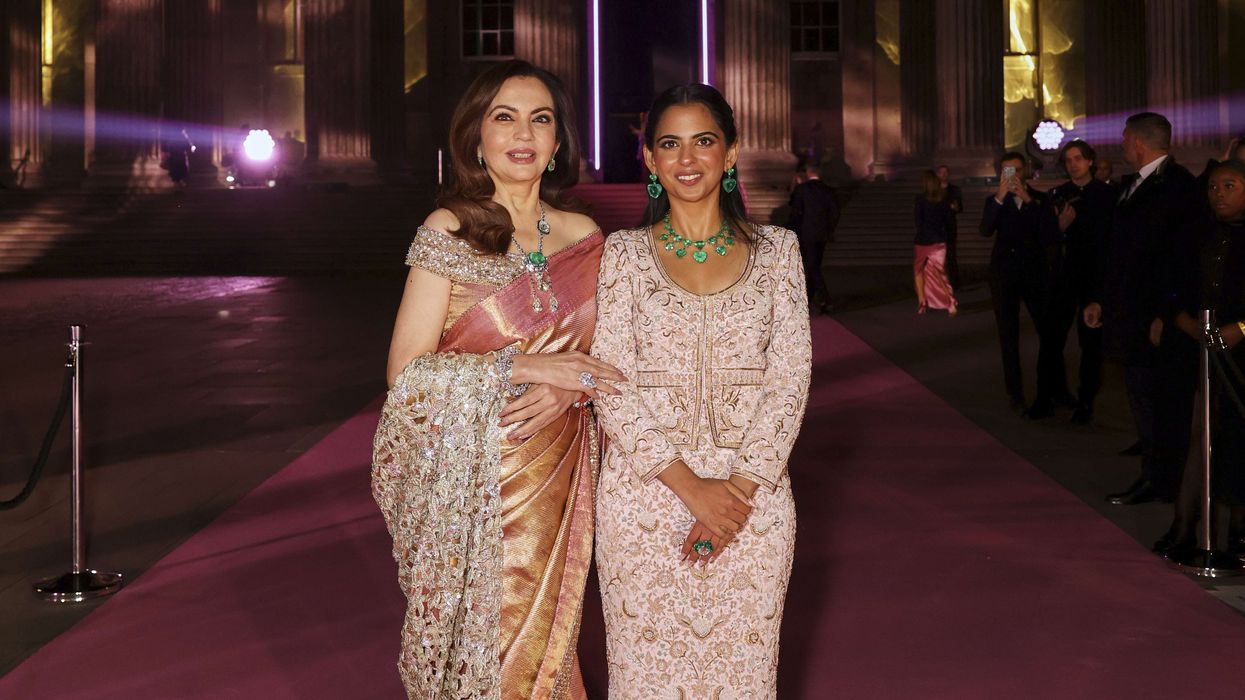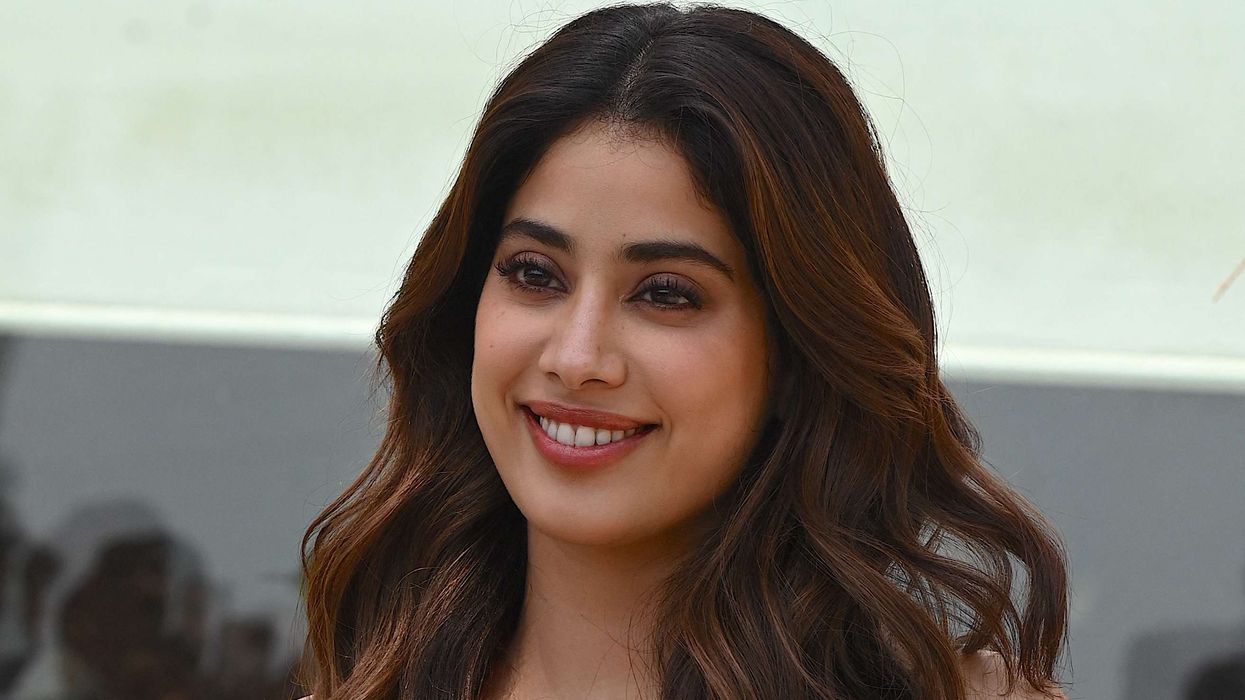ALTHOUGH action is currently dominating the Bollywood box office, romance remains the most popular genre in Hindi cinema history.
Not surprisingly, it has been explored in many different ways, including popping up unexpectedly in genres such as high-action thrillers, family dramas and even supernatural stories.
With Valentine’s Day around the corner, Eastern Eye decided to take a deep dive into the various story tropes for Bollywood love stories and select the top picks for a watch list.
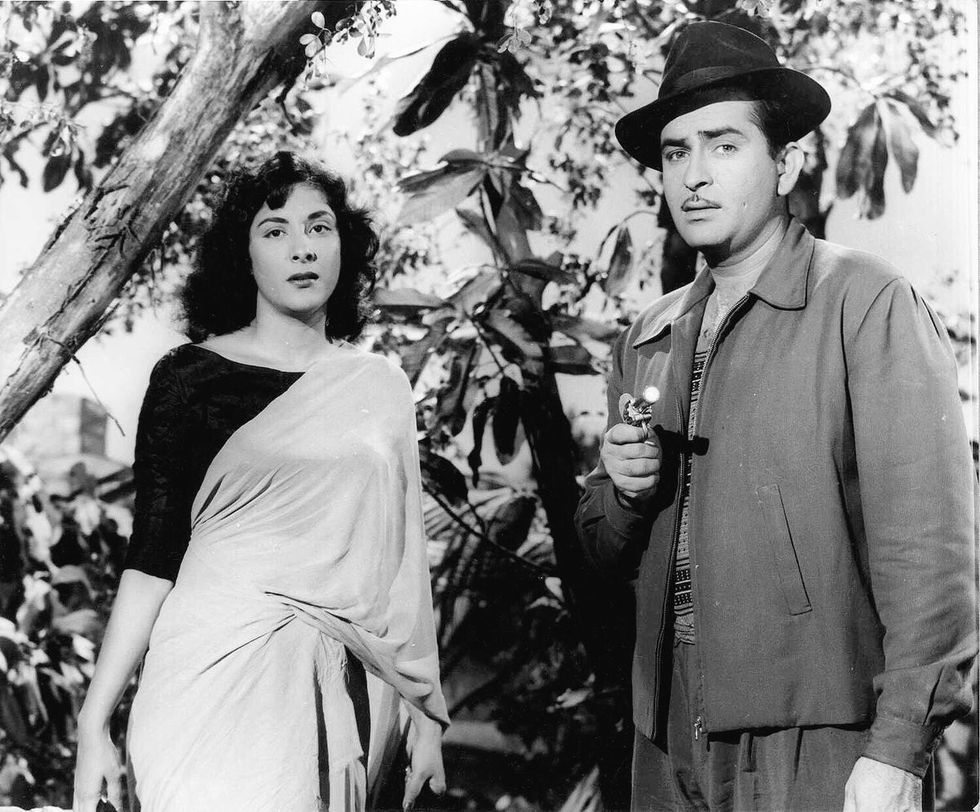
Road movie: The classic 1934 Hollywood movie It Happened One Night pioneered the concept of two unconnected individuals being thrown into a trip together and eventually falling deeply in love. That romantic road movie has been remade multiple times in Hindi cinema, including Chori Chori (1956) and Dil Hai Ke Manta Nahin (1991). Other great films where love blossoms while travelling, include Basant (1960), Suhana Safar (1970), Dilwale Dulhania Le Jayenge (1995), Pyaar To Hona Hi Tha (1998) and Jab We Met (2007).
Star-crossed lovers: Forbidden love has been a recurrent theme in the history of Hindi cinema, encompassing diverse scenarios such as relationships across different religions, economic backgrounds, or rival families. Since the silent era, Bollywood
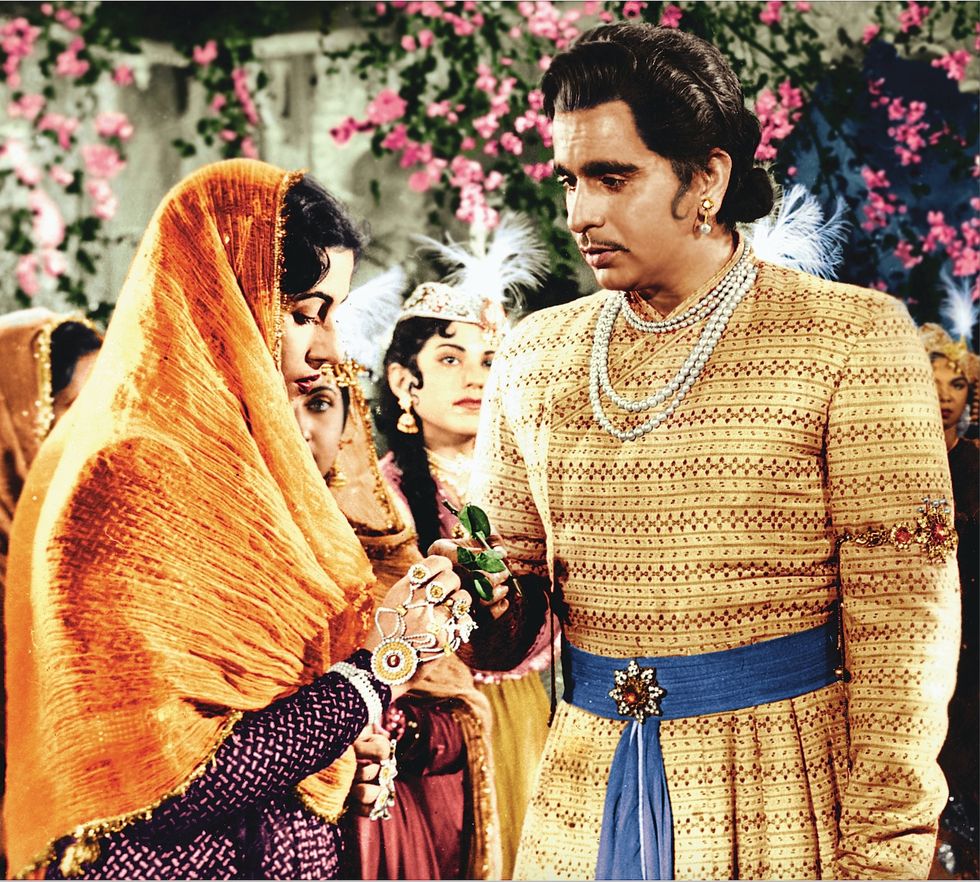
has portrayed divided lovers overcoming societal taboos. Notable films within this genre include Achhut Kannya (1936), Heer Raanjha (1970), Laila Manju (1976), Betaab (1983), Ram Teri Ganga Maili (1985), Saudagar (1991) and Veer Zaara (2004). Of course, the one that stands out among them is Bollywood’s cinematic masterpiece, Mughal-eAzam (1960), which sees a prince defy societal norms by falling in love with a courtesan and challenging his own emperor father.
Love triangle: In the realm of Bollywood, two people falling in love with the same person has been a recurring theme over several decades. The result has been spicy storylines, which usually see friendships and relations fall apart over love. Some of the most notable love triangle movies have been Chaudhvin Ka Chand (1960), Sangam (1964), Dostana (1980), Aaina (1993), Dil To Pagal Hai (1997), Kuch Kuch Hota Hai (1998), Hum Dil De Chuke Sanam (1999) and Kal Ho Naa Ho (2002). Lamhe (1991) was the most unique among them, involving a triangle between a man, a dead woman and her lookalike daughter. Silsila (1981) stood out because what was happening onscreen mirrored a real-life situation with the three lead stars, Amitabh Bachchan, Jaya Bachchan and Rekha. The daddy of all love triangle movies in Bollywood remains the all-time classic Andaz (1949), which set the standards for others to follow.
Unrequited love: Stories of heartbroken individuals not getting to be with the one
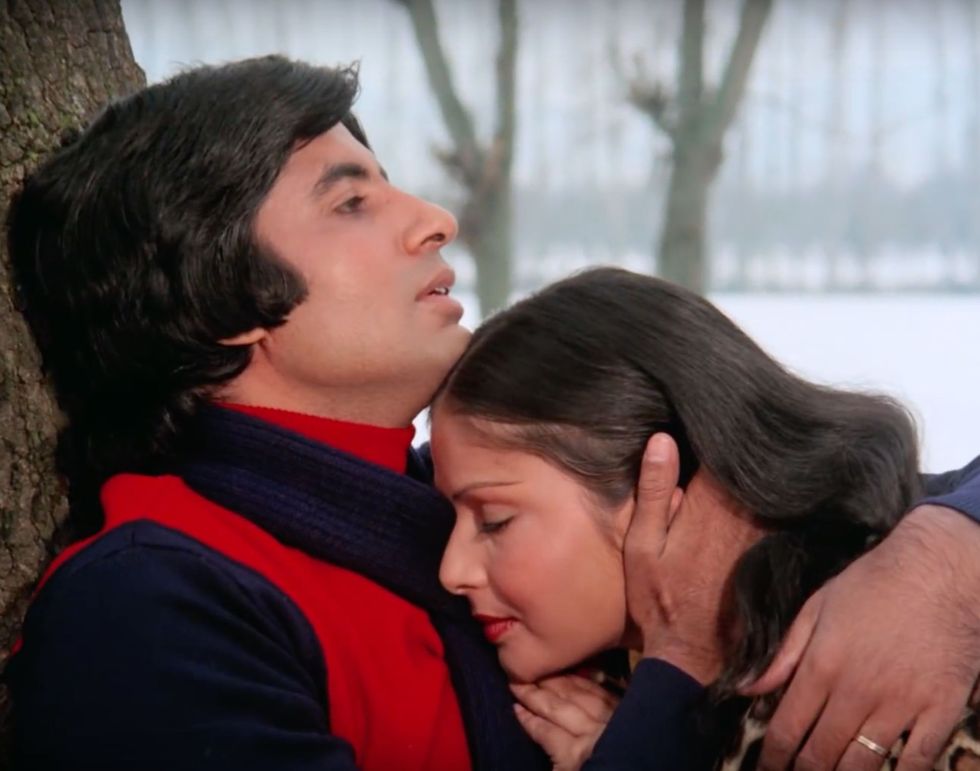
they love have popped up across the decades, perhaps because they are most relatable to audiences. This has been retold in different ways, including love triangles where one person is the loser. Great stories of unrequited love include Kabhi Kabhie (1976), Muqaddar Ka Sikandar (1978), Woh Saat Din (1983), Sagaar (1985), Kabhi Haan Kabhi Naa (1994) and Ae Dil Hai Mushkil (2016). Yash Chopra presented a different angle with the story of a villainous stalker in Darr (1993), who can’t get the woman he loves. But the most popular tale of unrequited love remains the various adaptations of Devdas, including the definitive 1955 version.
Meet cute: In this variation, two protagonists meet for the first time in a memorable way and take the first step towards falling in love. Weddings have

provided the perfect backdrop for an encounter like this to happen, with Hum Aapke Hain Koun (1994) being the perfect example. Other times, they meet by accident, like when the male protagonist gets into the wrong train carriage in Janwar (1965), or when a taxi driver meets a wealthy woman who becomes the love of his life in Raja Hindustani (1996). With Hum Tum (2004), they meet at different points in their lives. In road movies like Zindagi Na Milegi Dobara (2011), the meeting happens while travelling. Rain has regularly provided a perfect backdrop for a first encounter in films like Chalti Ka Naam Gaadi (1958) and Barsaat Ki Raat (1960). But the ultimate one was Maine Pyar Kiya (1989), where the hero falls for a family friend’s daughter who comes to stay with them.
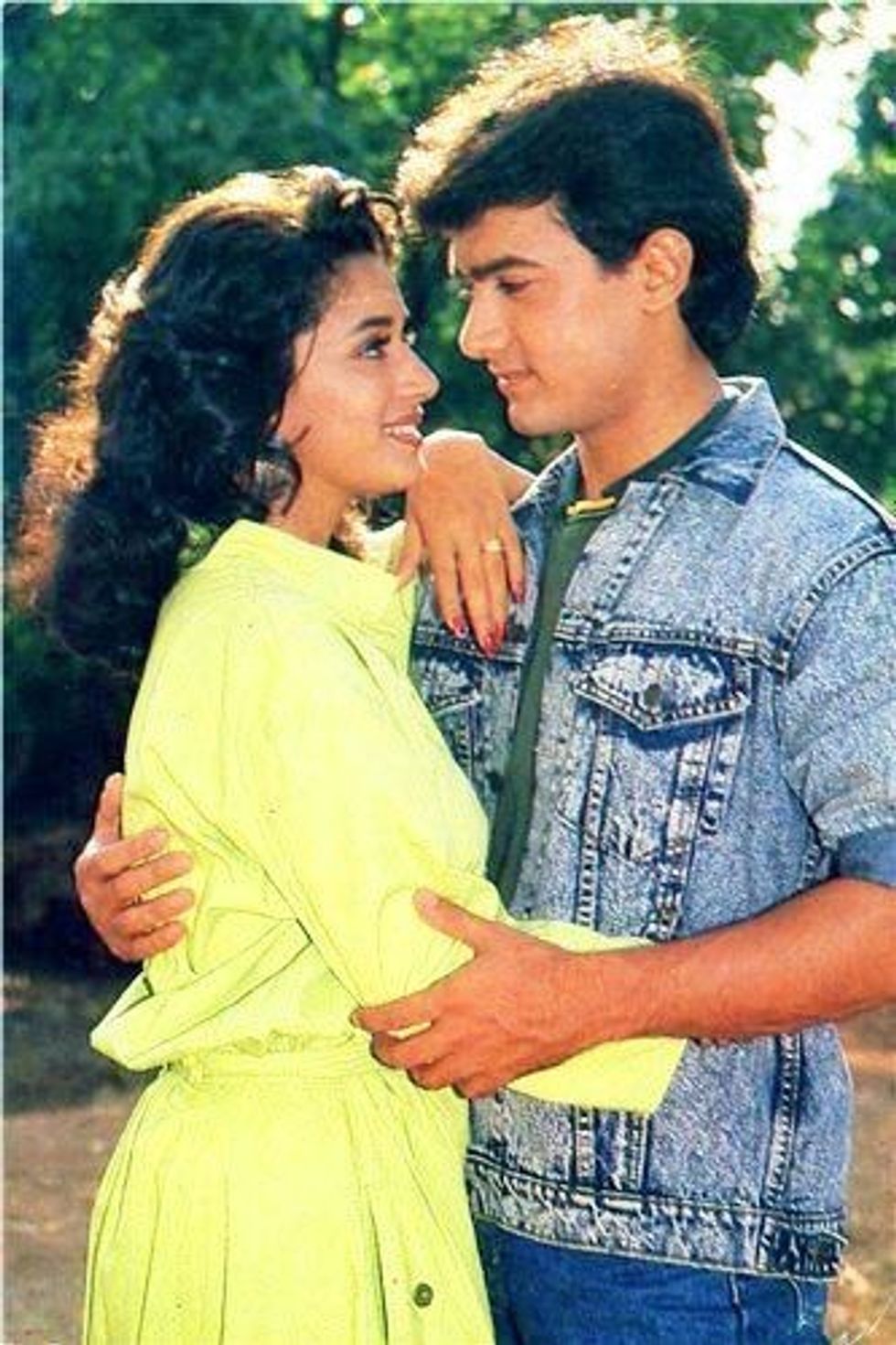
Enemies-turned-lovers: The thin line between love and hate is crossed in the movies when two warring individuals fall for one another. Tension has turned into love in films like Dil Deke Dekho (1958), Hum Tum (2004), Band Baaja Baaraat (2010), Ishaqzaade (2012) and Dum Laga Ke Haisha (2015). In the action entertainer Ek Tha Tiger (2012), Salman Khan and Katrina Kaif portray secret agents from opposing countries who eventually hook up. One of the greatest movies in this genre was Dil (1990), where two warring students played by Aamir Khan and Madhuri Dixit fall deeply in love.
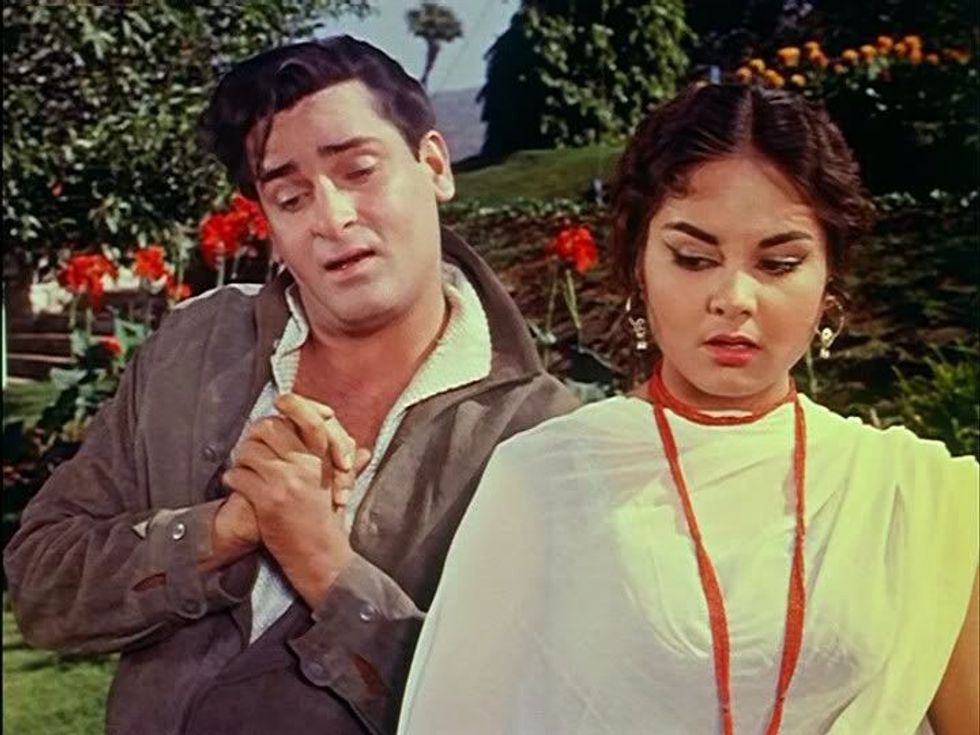
The secret: Using some kind of secret as a trigger point for a plot has been used in diverse ways in Bollywood films across decades. Shammi Kapoor pretends to be an elderly teacher in Professor (1962) and the lead stars in Mr & Mrs 55 (1955) are involved in a sham marriage. The mistaken identity angle has been used in multiple movies, such as Main Prem Ki Deewani Hoon (2003). Henna (1991) added an interesting amnesia angle. In Miss Mary (1957), a couple pretends to get married and in Dostana (2008) two men pretend to be gay. These secrets provide the spark for the love stories that follow. One of the standout movies in this genre was Twaif (1985), where a man already in love with someone is forced to pretend that a prostitute is his wife, which leads to misunderstandings and unexpectedly to love.
Right there: Like in real life, most times the love of your life is right in front of you. That idea has been used successfully in films of different genres, stretching right
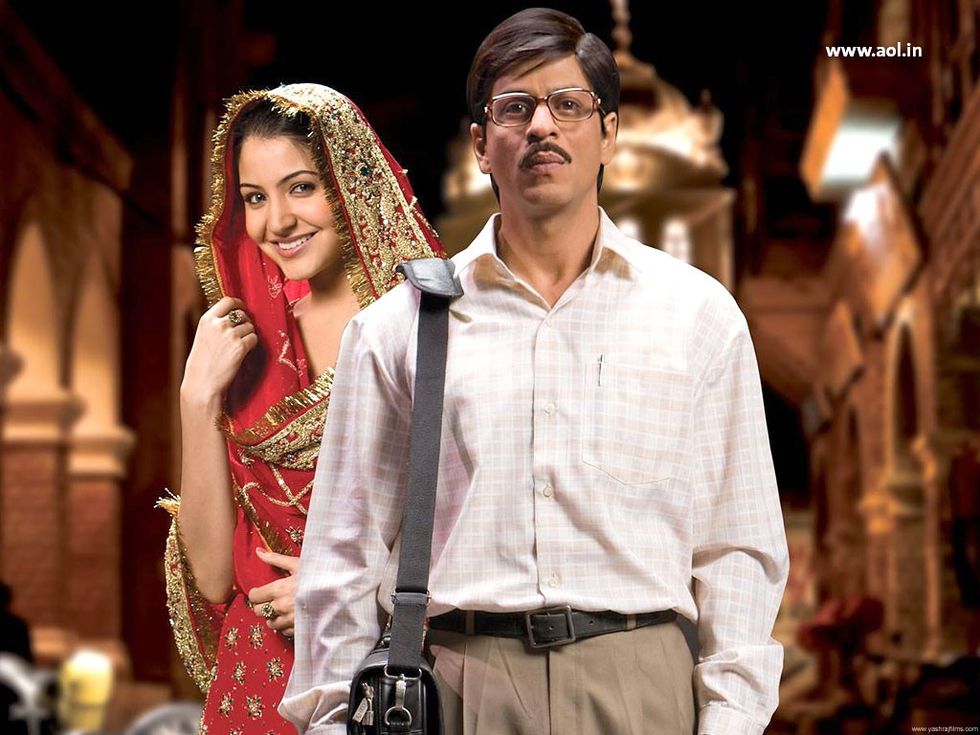
back to romances like Love In Simla (1960). In Saajan (1991), a woman is in love with a poet, not realising her newly found friend is that man. In Wake Up Sid (2009), it takes the title character time to understand that his responsible housemate is his perfect partner. In Pardes (1997), a bride-to-be realises her future brother-in-law is her perfect match. But the ultimate one is Rab Ne Bana Di Jodi (2008), where a woman finally realises how perfect her plain-looking husband is and more so than the sexier alter ego he took on to impress her.
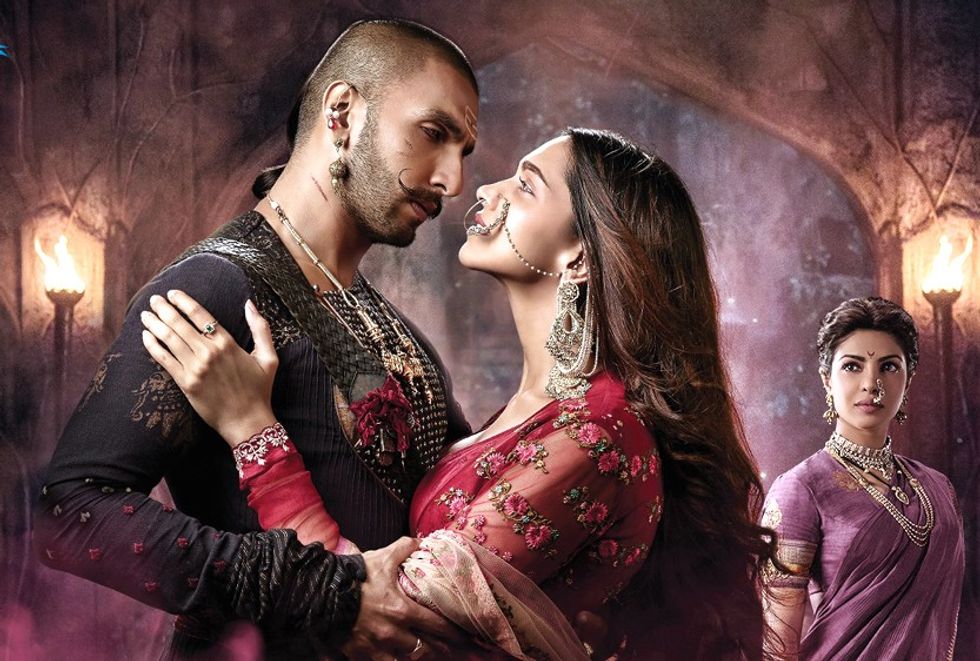
Historical: Bollywood has always loved a good oldfashioned period romance going right back to the silent era. Eye-catching costumes and lavish sets have always worked well with romantic narratives. Bollywood romantic movies with a historical background that have succeeded include, A Throw of Dice (1929), Aan (1952), Anarkali (1955), Mughal-eAzam (1960), Taj Mahal (1963), Razia Sultan (1963) and Jodhaa Akbar (2008). In recent years, ace director Sanjay Leela Bhansali re-ignited the genre with his sumptuous drama, Bajirao Mastani (2015).
Literary love: Whether it is books, theatre plays, folk tales based on real events, or
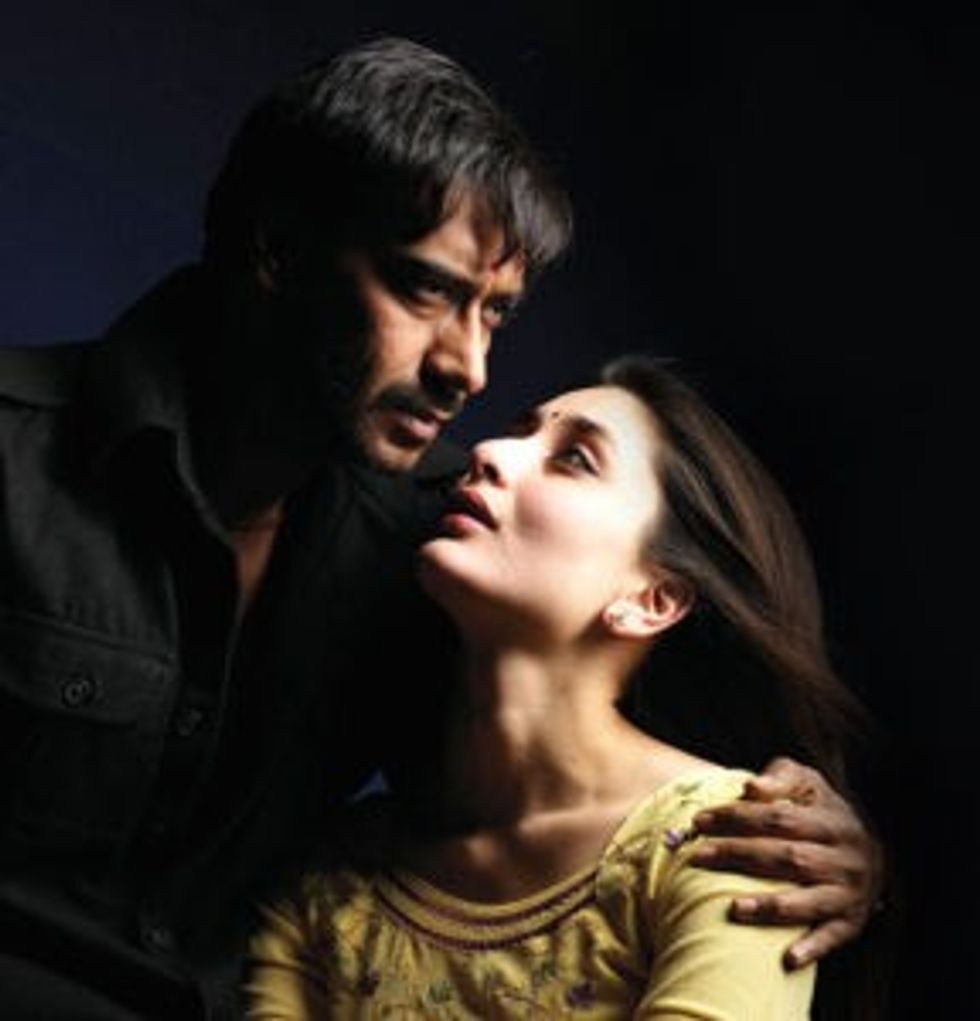
fables that have been passed down, such great source material has been adapted into films across the decades, with Sarat Chandra Chattopadhyay’s novel Devdas being the perfect example. Laila Majnu has been remade multiple times over the decades, including the definitive 1976 version. Other literary adaptations include Sassi Punnu (1928), Shirin Farhad (1956), Sohni Mahiwal (1984) and Omkara (2006). Goliyon Ki Raasleela Ram-Leela (2013) was based on William Shakespeare’s classic Romeo And Juliet.
Reincarnation: Getting a second chance at love after being born again has been explored in multiple ways. In Dangerous Ishhq (2012), the same lovers are separated
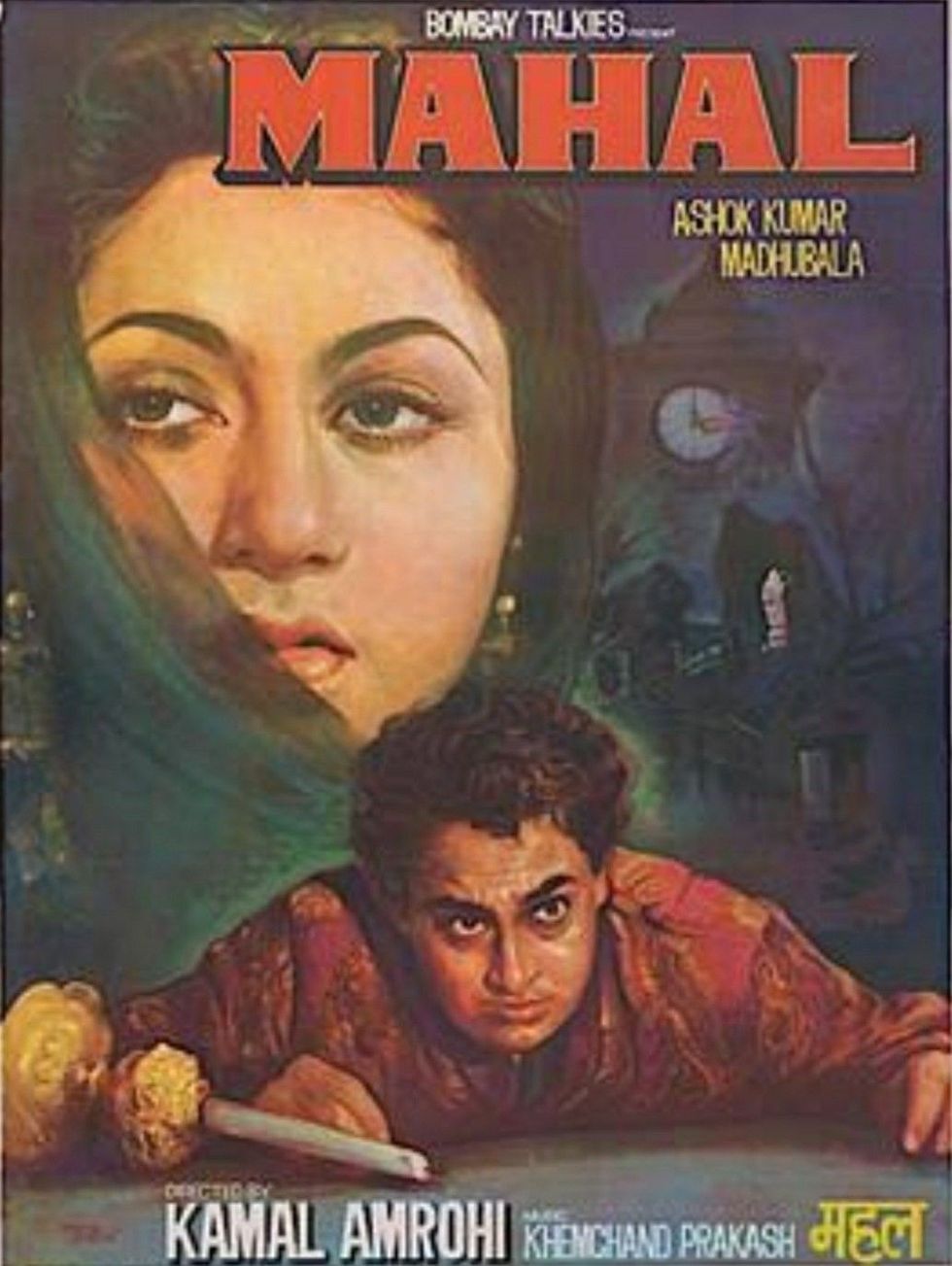
at different time periods. In other instances, they have manifested as a ghostly presence with unfinished business in films such as Madhumati (1958), Neel Kamal (1968) and Om Shanti Om (2007). There are also films such as Milan (1967), where the lovers recall a past life where they were separated. All is not what it seems in the iconic film Mahal (1949), where a man is convinced he has been reincarnated and is falling in love with the ghost of a woman from a past life.
After marriage: Most Bollywood romances have traditionally ended with the couple getting married, but a few have explored love stories connected to what
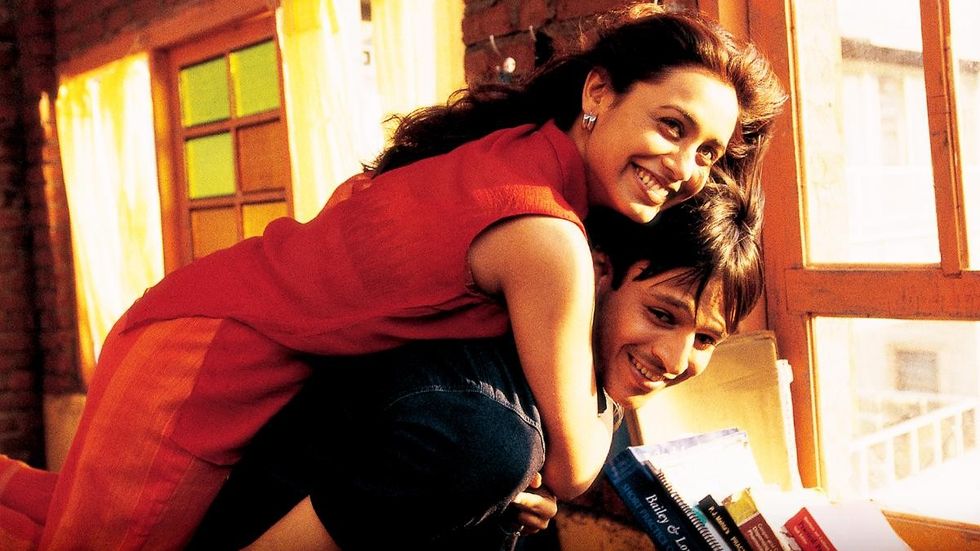
happens afterwards. This has included extramarital affairs in Silsila (1981), Arth (1982) and Kabhi Alvida Naa Kehna (2006). In The Lunchbox (2013), a young wife unexpectedly finds love outside her marriage after a mix-up of tiffin boxes. Meanwhile, films like Saathiya (2002) and Chalte Chalte (2003) revolved around married couples finding the meaning of true love and the value of not taking each other for granted. In Woh Saat Din (1983) and Hum Dil De Chuke Sanam (1999), a young wife is separated from someone she adores and forced to marry a stranger, but realises the true meaning of love with her new husband.
Childhood sweethearts: Most will remember their very first crush and that has translated well into a fabulous array of films. This idea also incorporates the ‘best friends to lovers’ story trope. The first famous film of childhood sweethearts being separated and reunited as adults was the all-time classic, Anmol Ghadi (1946). Other films that have incorporated the same theme include the various Devdas adaptations across the decades – Mujhse Dosti Karoge (2002), Jeena Sirf Merre Liye (2002), Ishq Vishk (2003), Break Ke Baad (2010), Meri Pyaari Bindu (2017), and Fitoor (2016). Muqaddar Ka Sikandar (1978) turned that idea into a story of lifelong, unrequited love. The various Bollywood adaptations of the classic 1914 Sarat Chandra Chattopadhyay novel, Parineeta, including a 2005 movie starring Saif Ali Khan and Vidya Balan, revolve around two childhood sweethearts carrying the bond into adulthood and having to overcome a class divide.
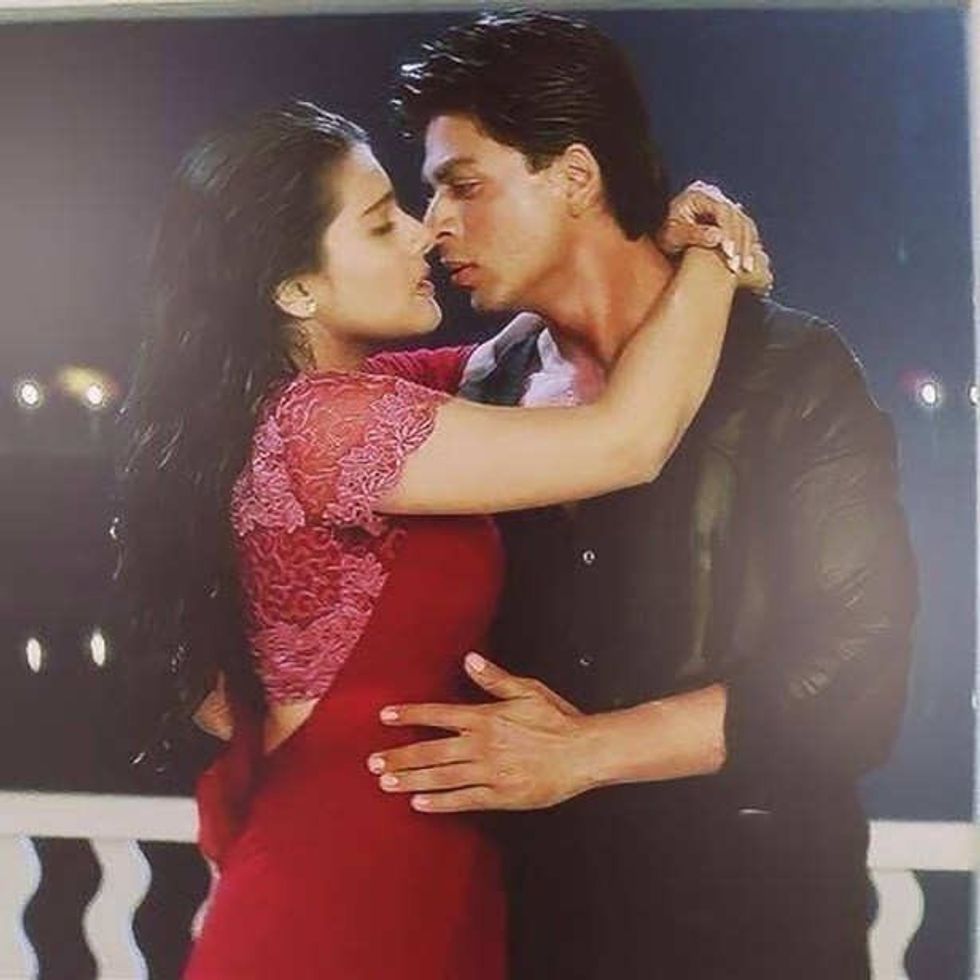
Second chance: Finding love again has generated romance in a wide array of relatable stories. In Andaz (1971) Shammi Kapoor and Hema Malini play single parents whose respective spouses have passed away. Both are drawn towards each other and unexpectedly find a second chance at love. Other films where a widowed protagonist has found love again include Prem Rog (1982), Kuch Kuch Hota Hai (1998) and Baabul (2006). In Hum Dil De Chuke Sanam (1999), the protagonist gets a second chance at love with a husband she never wanted to marry. In the cross-generational romance Cheeni Kum (2007), a 64-year-old chef gets an opportunity at love with a 34-year-old woman. In Kasme Vaade (1978), a heartbroken woman falls for a lookalike of her late fiancé.
